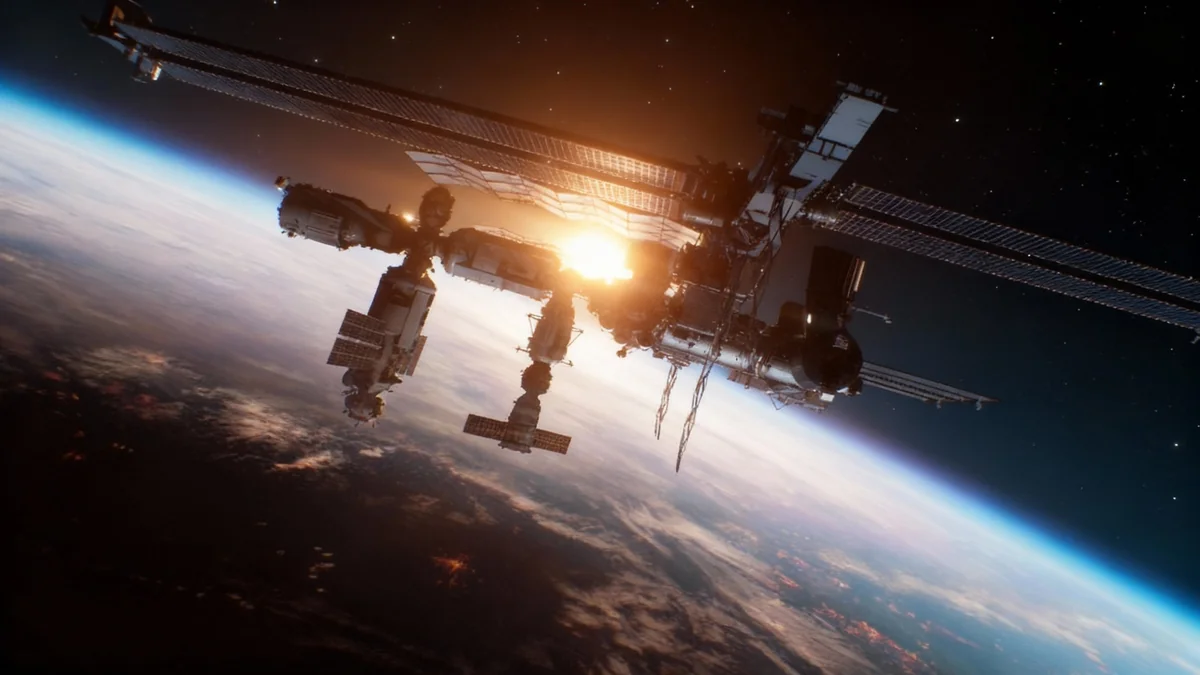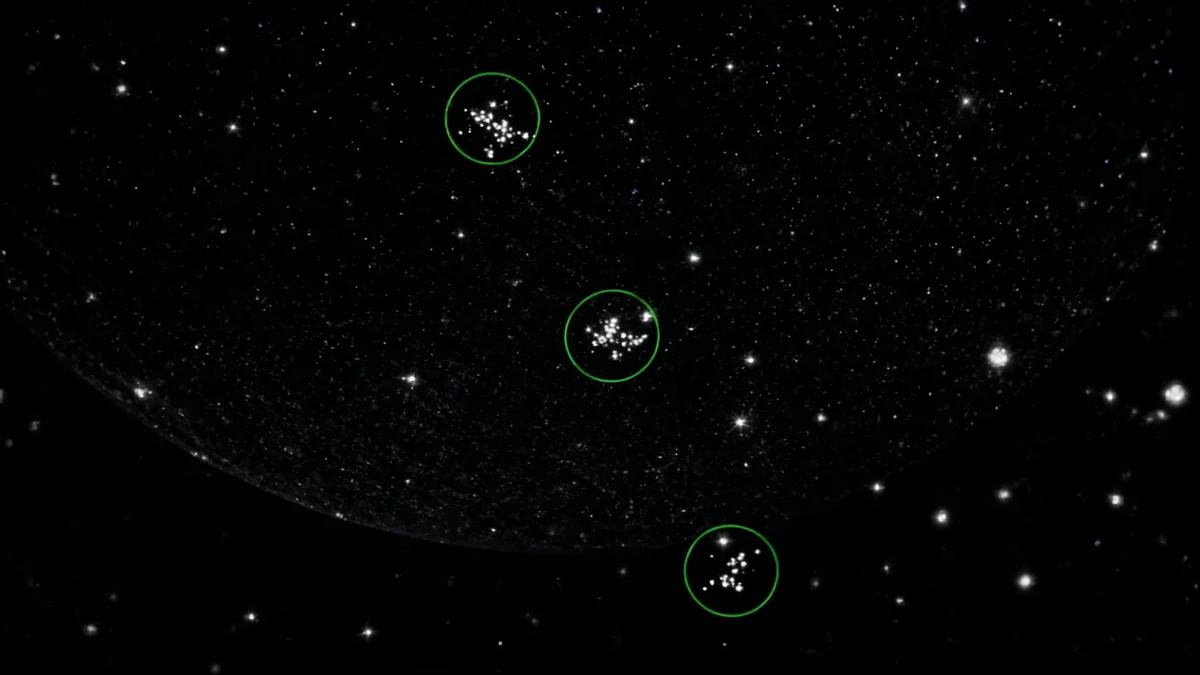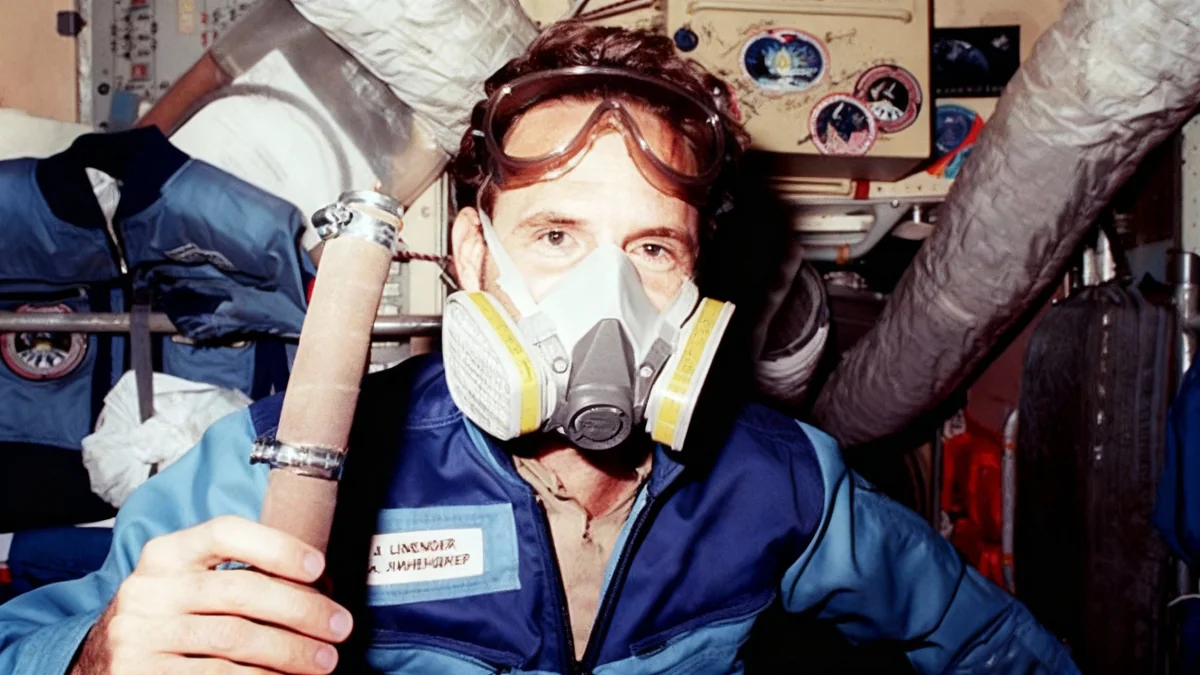A new documentary marking 25 years of continuous human presence aboard the International Space Station (ISS) is revealing the untold stories of near-disasters that pushed astronauts to their limits. Insiders from NASA and international space agencies are sharing firsthand accounts of toxic leaks, catastrophic software failures, and a near-drowning incident during a spacewalk, highlighting the immense risks of life in orbit.
The film, titled "OPERATION SPACE STATION," combines archival footage with new interviews from astronauts and Mission Control staff. It details the ingenuity and international cooperation required to overcome life-or-death emergencies while traveling at 17,000 miles per hour, 250 miles above Earth.
Key Takeaways
- A new documentary reveals several previously little-known, life-threatening incidents aboard the International Space Station.
- Astronauts recount crises including a toxic ammonia leak, a near-drowning during a spacewalk, and a moment the entire station spun out of control.
- The film commemorates 25 years of continuous human habitation on the ISS, a project involving unprecedented international collaboration.
- The documentary also looks ahead to the ISS's planned de-orbiting in 2030, marking the end of an era in space exploration.
The High-Stakes Construction of an Orbiting Outpost
Building the International Space Station was one of the most ambitious engineering projects in human history. Assembling a structure the size of a football field in the vacuum of space presented constant challenges, from extreme temperatures to deadly radiation.
The first part of the documentary, titled "High-Risk Build," explores these early days. Astronauts and engineers worked against a backdrop where a single mistake could be fatal. One such incident involved astronaut Robert Curbeam, who was sprayed by toxic ammonia during a spacewalk. The chemical, used as a coolant for the station's systems, is extremely hazardous.
ISS By The Numbers
- Speed: ~17,000 mph (27,360 kph)
- Altitude: ~250 miles (400 km)
- Size: Roughly the length of an American football field
- Inhabited Since: November 2000
The construction phase was also deeply affected by events on Earth. The Space Shuttle Columbia disaster in 2003 brought the assembly process to a halt for several years. With the shuttle fleet grounded, the station was forced to operate with a skeleton crew of just two astronauts, limiting maintenance and scientific work.
When the Space Shuttle program resumed, the stakes were higher than ever. Astronaut Wendy Lawrence recalls the intense scrutiny on Space Shuttle Discovery's return to service. During its mission, damage sustained during takeoff was discovered, requiring a risky, unplanned spacewalk to perform repairs and ensure it did not suffer the same fate as Columbia.
Surviving the Unexpected in a Finished Laboratory
Once construction was completed, a new set of challenges emerged. The second part of the documentary, "Science and Survival," shifts focus to the operational phase of the ISS, where unforeseen emergencies tested the crew's resourcefulness and courage.
"When you see the challenges that these astronauts had to overcome, you realize how thin the margin for error really is. These moments aren't just highlighting technical failures – they're showing people solving impossible problems, in the harshest environment we know of, with physics, chemistry, and sheer will.”
One of the most harrowing accounts comes from Italian astronaut Luca Parmitano. During a spacewalk in 2013, his helmet unexpectedly began filling with water, a malfunction that threatened to drown him in the vacuum of space. Blinded and unable to communicate effectively, he had to rely on memory and instinct to navigate back to the airlock in a race against time.
When the Station Lost Control
Another terrifying incident occurred when a software glitch in a newly attached Russian module caused its thrusters to fire uncontrollably. The unexpected propulsion sent the entire 400-ton space station into a spin, tumbling end over end. The crew and ground control had to work quickly to counteract the rotation and regain control before the station's structure suffered catastrophic damage.
These events underscore the constant danger faced by those living and working in orbit. Beyond the dramatic crises, the documentary also touches on the more mundane, yet complex, realities of life in microgravity, such as the intricate process of using the bathroom, which astronaut Chris Cassidy confirms is a significant challenge.
A Legacy of International Cooperation
The International Space Station is a joint project among five participating space agencies: NASA (United States), Roscosmos (Russia), JAXA (Japan), ESA (Europe), and CSA (Canada). For over two decades, it has served as a symbol of peaceful collaboration in science and exploration, even during periods of geopolitical tension on Earth.
The Final Chapter for the ISS
While the ISS continues to be a hub for groundbreaking research in fields like biology, physics, and medicine, its journey is nearing its end. The orbital laboratory has been operating far beyond its originally planned lifespan, and the partner agencies have scheduled its retirement.
The plan is to de-orbit the station in 2030. In a carefully controlled descent, the ISS will be guided into a remote area of the Pacific Ocean known as the spacecraft cemetery. This will mark the conclusion of one of humanity's greatest scientific endeavors.
The documentary serves as both a tribute to the station's legacy and a collection of cautionary tales. The experiences of the astronauts who built and lived on the ISS highlight the incredible human ingenuity required to survive in space and have provided invaluable lessons for future missions to the Moon, Mars, and beyond. The film combines over two decades of NASA archival material with cinematic recreations to immerse viewers in the claustrophobic and awe-inspiring environment of humanity's most remote outpost.





